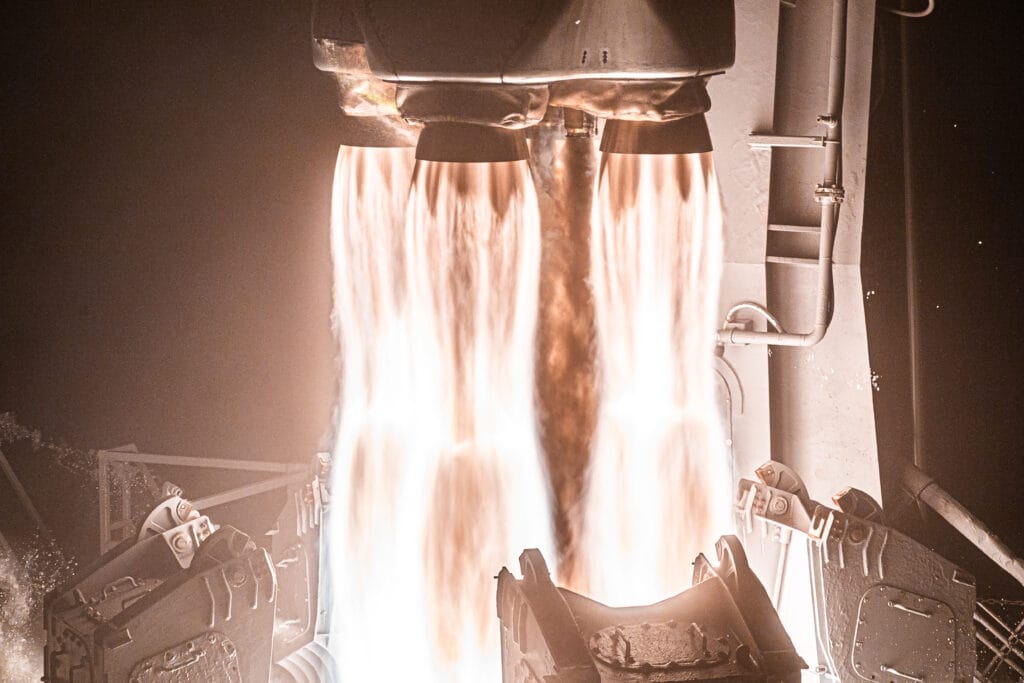Table of Contents
Disclaimer: All funding figures are in United States Dollars. This article is not investment advice; consult a financial advisor before investing.
Firefly Aerospace announced on July 11th that it is filing with the U.S. Securities and Exchange Commission for an initial public offering of shares of its common stock.
Firefly intends to list its common stock on the Nasdaq Global Market under the ticker symbol 'FLY'. The number of shares to be offered and the price range for the proposed offering have not yet been determined.
Filings from the company for the initial public offering have revealed that Firefly has 176.9 million in cash and cash equivalents, which is expected to allow the company to operate for at least the next twelve months, alongside 1.1 billion in contract backlogs for launch and lunar missions. Although the filings also disclosed that the company operated at a net loss of 231.1 million during fiscal year 2024, while it has 173.6 million in debt, with 136.1 million of it part of a loan with a 13.87% interest rate.
Despite that, Firefly expects to experience growth in the years ahead, as part of a boom in the global space industry, via more launches of its Alpha rocket, its Elytra orbital transfer vehicle, and lunar missions, as well as its in-development larger, partially reusable rocket known as Eclipse, made in partnership with Northrop Grumman.
However, Firefly's Alpha rocket has had a rocky flight history since its debut in 2021. Alpha's debut ended shortly after launch in September 2021, followed by a partial failure in October 2022 when the rocket failed to reach its intended altitude, with a first success occurring in September 2023 for the rapid response VICTUS NOX mission. Another partial failure then followed in December 2023 when a target orbit was not achieved, but a quick bounce back to success happened in July 2024 for the launch of eight NASA CubeSats. The most recent flight of Alpha sadly failed due to a mishap during staging, where the second-stage's engine had its nozzle destroyed, resulting in the mission not reaching orbital speed.
Firefly's commercially operated lunar lander program has had more success than Alpha out of the gate. Blue Ghost Mission-1 breezed through all its milestones on its way out to the Moon and regarding a landing on the lunar surface, which occurred on March 2nd 2025. Two more Blue Ghost missions are set for 2026 and 2028 to reattempt the first mission's feats and prove the reliability of the lander.
Given Alpha's shaky launch history and the large gaps between lunar missions, along with possible delays to Eclipse, it remains to be seen if potential investors will act in the company's best interest. Missions with the Elytra orbital transfer vehicle may boost confidence with investors, due to contracts with the U.S. military.
Firefly Aerospace is not the first U.S. space company, where orbital launch is a substantial part of the company's portfolio, moving to become publicly traded. The first to do so was Astra in early 2021, although it was later delisted in early 2024 due to the company's failure on seven out of its nine launches with its small-lift orbital rocket. Following them was Virgin Orbit, with its Boeing 747-launched small-lift rocket, in December 2021. By mid-2023, the company had filed for bankruptcy, auctioning off its assets, following a launch failure and failure to secure additional financing.
So far, the only publicly traded company performing orbital launches to survive and thrive after an initial public offering is Rocket Lab, with its small-lift carbon fiber Electron launch vehicle. The company has managed to thrive thanks to a series of strategic acquisitions to position itself within the satellite manufacturing business, producing necessary components, instruments, or entire spacecraft. This has enabled the company to work with customers from satellite design to orbital deployment. However, following launch failures and complex hardware announcements, the stock does experience drops.




